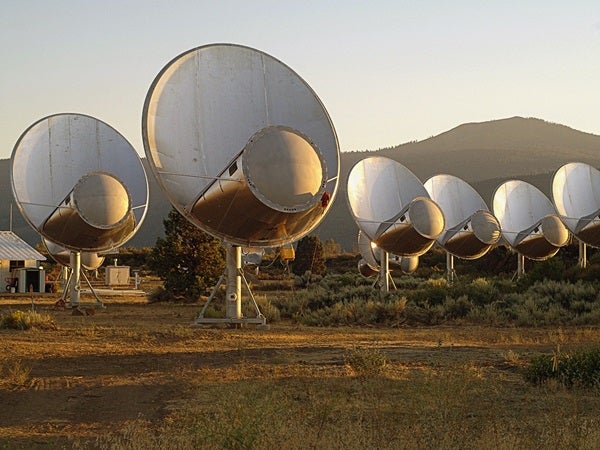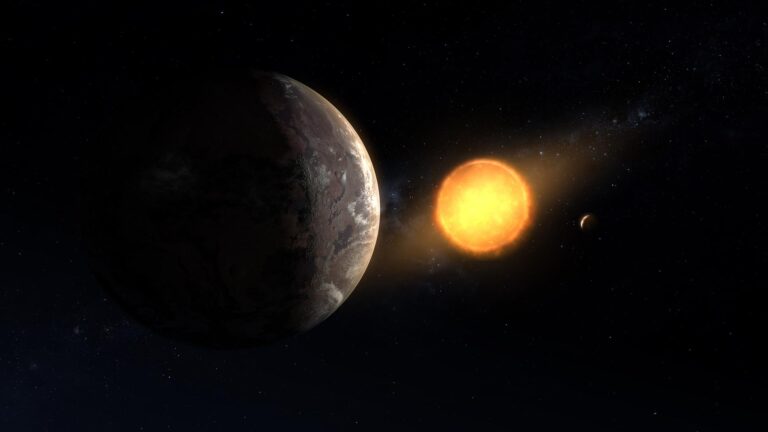Q: What are the parameters for Search for ExtraTerrestrial Intelligence (SETI) searches and their direction of focus? Assuming other civilizations can see Earth transiting the Sun, do we search areas of the sky in the same plane as our potential observers?
Michael Martin
Gilbert, Arizona
A: Finding something we’ve never seen before is hard, so naturally there are numerous parameters for SETI searches. Will a signal arrive today, next year, did it happen during the reign of Julius Caesar, or all three? Will it last for less than a billionth of a second or remain continuously visible? Will its wavelength be in radio, optical, infrared, or not even a photon? A signal could “sound” like a simple tone or a complex, information-rich hiss. Could you see it with your naked eye, or will it require an enormous telescope?
A SETI search tries to cover as much of this “parameter space” as possible. Ideally, we’d observe the whole sky all the time, removing both time and space from the equation. But most of today’s high-powered telescopes can’t even observe the whole Sun or Moon at once, never mind the entire sky. So, you could choose to stare at one tiny patch of sky all year round, or you could look at half a million patches for just a minute each. But either way, you’d cover only about five millionths of the space dimension — and that’s assuming you operated every day of the year!
To deal with this resource limitation, SETI researchers often bias toward targets deemed more likely to yield a detection, such as closer stars, more densely packed areas like the galactic plane, or stars with known orbiting planets. One technique is indeed to look at a star when one of its planets passes in front of (a transit) or behind it (an occultation)
Transits are how we’ve found most exoplanets to date, so maybe other civilizations are using this to help us know where and when to look for their signal. Occultations are useful because the parent star suddenly hides the planet from us, which might ironically illuminate a pattern in the radiation that we hadn’t discerned from the overall cacophony. However, observing an occultation requires preparation and luck for the once per exo-year event!
Director of the Optical SETI Program, SETI Institute,
Mountain View, California










